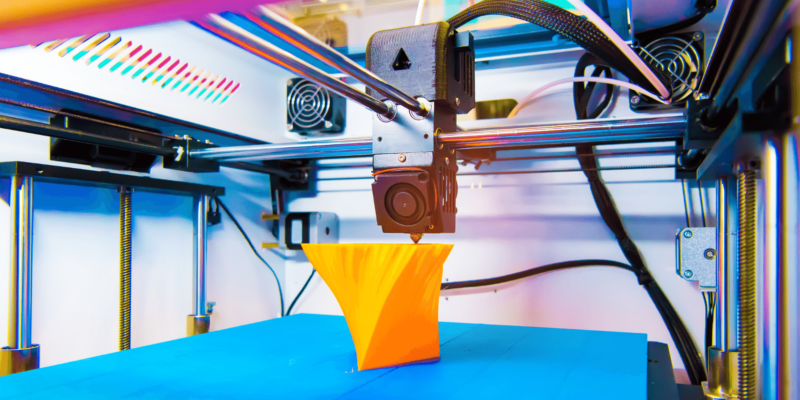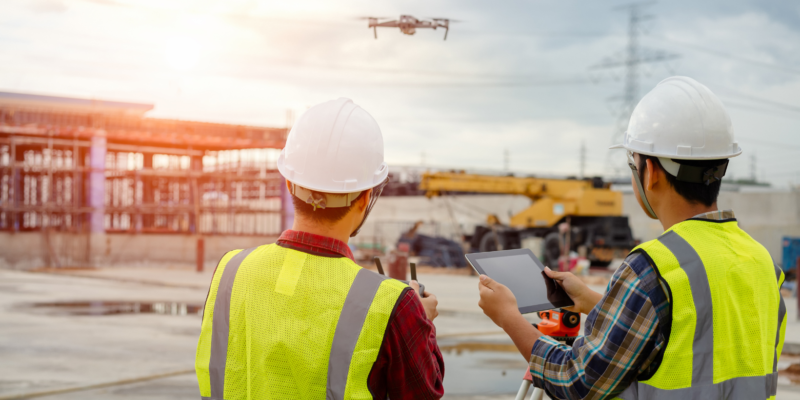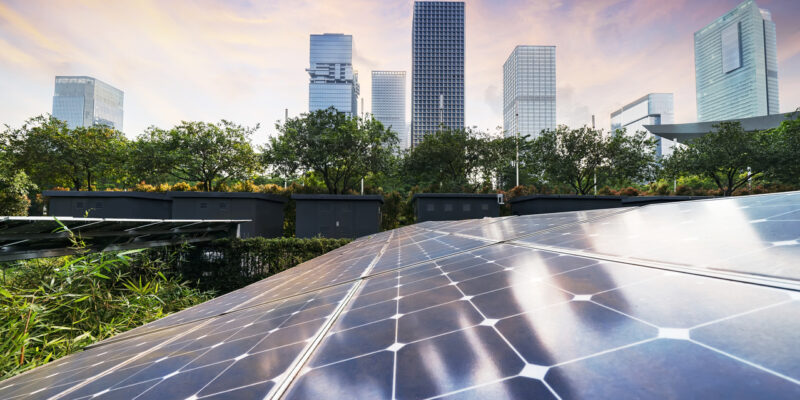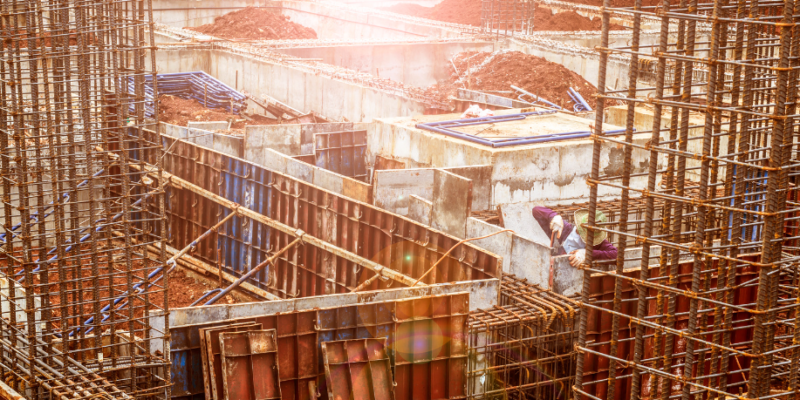Mycoremediation (my-co-re-media-tion) may sound like something out of a sci-fi novel, but it’s actually just the name of a process that nature has been doing since the beginning of time: using mushrooms to break down natural materials.
Nature’s Garbage Disposal
Mycoremediation is a fairly straightforward process. Fungi release enzymes that break down organic matter into simple sugars, and then use those sugars as fuel. So the scientists working with Australian-based contractor Lendlease had a great idea: why not use this process to help reduce construction waste?
From Construction to Compost
According to the EPA, the building industry in the US alone generates more than 600 million tons of construction debris every year, including 11 to 13 million tons of asphalt shingles. Most of those shingles end up in landfills, with only 5-10% being recycled or reused.
With this in mind, Lendlease created their first mycoremediation pilot program. They used three different types of fungi to break down the roof shingles from 214 houses in Fort Campbell, Kentucky. While they did not state the exact amount of time they expect before the shingles have completely decomposed, it is expected to be substantially faster than the 300 years it would normally take for asphalt shingles to break down on their own. Once decomposed, the shingles can be reused as compost for growing food.
Great for the Planet and Your Wallet
Mycoremediation is proving to not only benefit the environment but also the economy. Lendlease believes their building-debris-to-compost plan could be a profitable income stream, and plans to expand their mycoremediation to include other building materials like drywall.
Eventually, they hope to sell the compost and make more money than would be spent to get rid of the waste at a landfill. In the words of Sarah Neff, the head of sustainability at Lendlease:
“Taking a product that is no longer viable and combining it with a natural renewable source that results in a new product, is a phenomenal outcome that is both beneficial to the environment and bolsters the economy.”
As more and more companies consider their environmental impact, we expect to see mycoremediation and other sustainable practices being used more and more throughout construction.
Interested in talking more about resource-friendly construction and heavy equipment? Contact Steadfast today!










